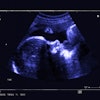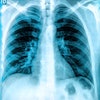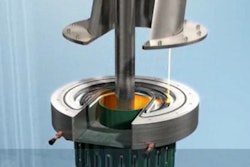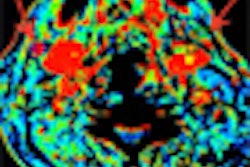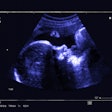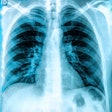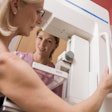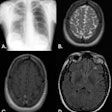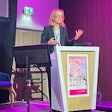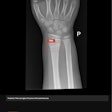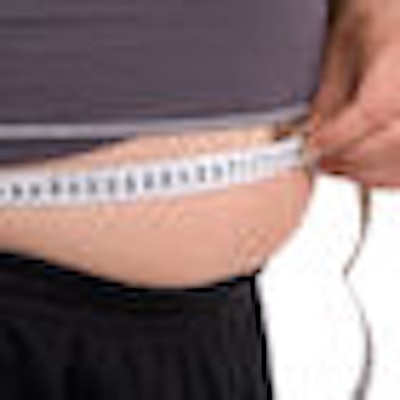
If you show an obese person a medical image of their plaque-clogged arteries, will it help motivate them to get more exercise? Not necessarily, although you might have better luck getting smokers to change their ways, according to a new review of literature from the Cochrane Collaboration.
Showing patients their medical images produced mixed results in motivating patients to change risky behavior, although it did inspire change in some areas, such as by inducing smokers to quit, according to the study conducted by Gareth Hollands and colleagues from King's College London (Cochrane Database of Systematic Reviews, 2010, Issue 1).
The group evaluated the effects of showing and explaining medical images to patients, and the effectiveness of this approach in terms of motivating individuals to change unhealthy behaviors. Applicable behaviors included smoking cessation, skin self-examination, sun protection behavior, dietary intake, physical activity, and medication usage.
Reviewers evaluated nine trials involving 1,371 adults. Overall, results were mixed. The most positive association was found in smoking cessation, which was addressed by three studies that featured ultrasound or CT arterial images to assess cardiovascular risk. The researchers found that smokers who saw their own medical images were nearly three times as likely to quit as those who didn't, with a pooled odds ratio of 2.81 favoring the intervention.
However, other studies did not show a positive association. For example, a trial that showed electron-beam CT images to patients in an effort to improve their levels of physical activity failed to produce a change in behavior, with no statistically significant difference between the control and intervention groups.
Another study evaluated showing versus not showing coronary CT images in a group of 56 postmenopausal women with very-low-risk coronary calcification scores. They found that measures of cardiac health such as systolic blood pressure and total cholesterol declined significantly in the control group but not in the imaging group.
Outside of imaging, Hollands and colleagues reviewed four trials that studied nonclinical populations to see if showing individuals ultraviolet photography of skin damage could compel them to engage in sun protection behavior, such as reducing sun exposure, using sunscreen, or stopping the use of tanning beds. Only one of these four studies found that the intervention group successfully modified their behavior compared to controls, finding that patients were almost five times as likely to perform skin self-exams after seeing the ultraviolet images.
"Behavior is very difficult to change, and many interventions which on a common-sense level would be thought likely to be effective in changing behavior, are not shown to be," Hollands said. "Given the difficulty of changing behavior, we would not say we were greatly surprised by the results."
Due to the limited nature of the available evidence and the mixed results that were found, reviewers said no strong statements could be made about the effectiveness of communicating medical imaging results to change health behavior. Only three trials in clinical populations were similar enough in terms of setting, intervention, and outcome to allow meta-analysis, the reviewers noted.
"We suggest, however, that targeted interventions using medical imaging technologies may be effective in certain contexts, or as applied to certain behaviors, but that this should be considered on an intervention-by-intervention basis, and not assumed as a general principle," they concluded.
By Donna Domino
AuntMinnie.com contributing writer
January 25, 2010
Copyright © 2010 AuntMinnie.com
